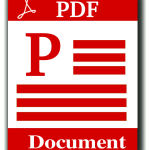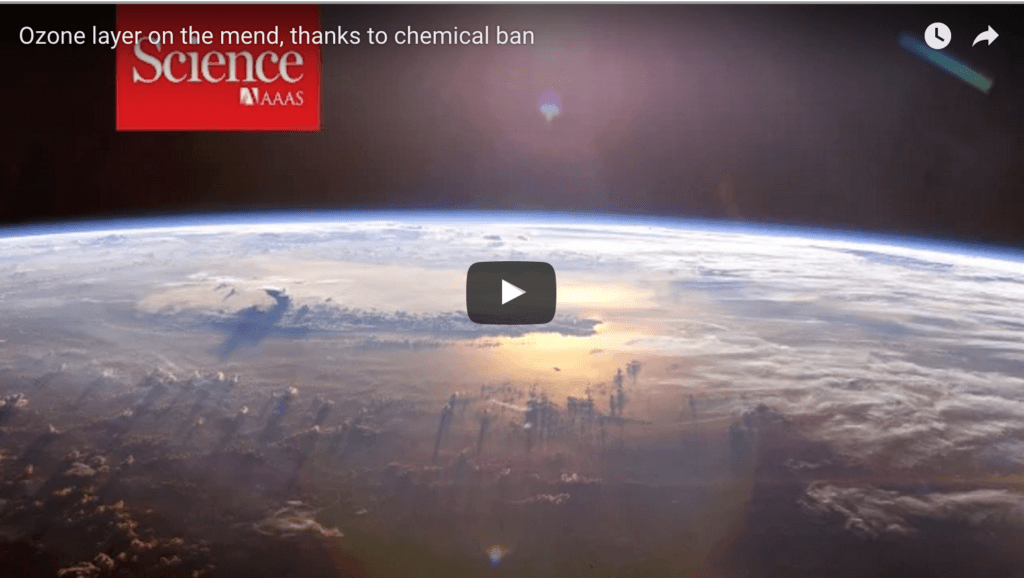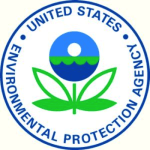News
RELEASE: U.S. Settles with Trader Joe’s to Reduce Ozone-Depleting and Greenhouse Gas Emissions
U.S. Environmental Protection Agency
FOR IMMEDIATE RELEASE
June 21, 2016
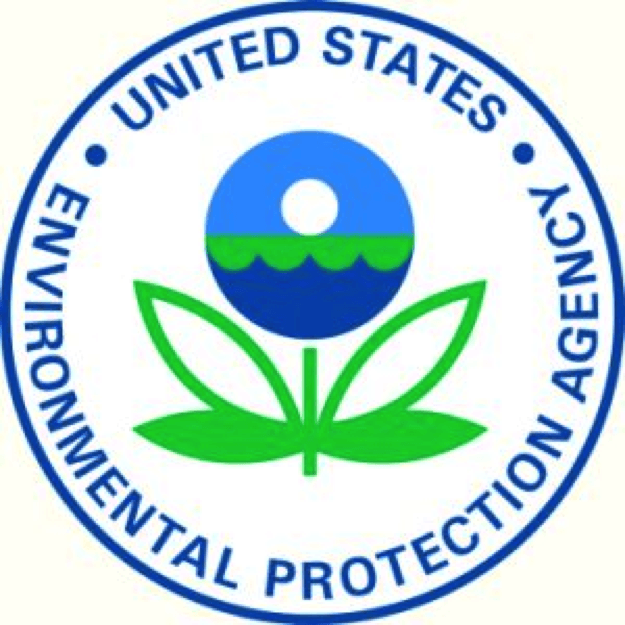
United States Settles with Trader Joe’s to Reduce Ozone-Depleting and Greenhouse Gas Emissions at Stores Nationwide
WASHINGTON – The national grocery store chain Trader Joe’s Company has agreed to reduce emissions of potent greenhouse gases from refrigeration equipment at 453 of its stores under a proposed settlement with the U.S. Department of Justice and the Environmental Protection Agency (EPA) to resolve alleged violations of the Clean Air Act. Under the settlement, Trader Joe’s will spend an estimated $2 million over the next three years to reduce coolant leaks from refrigerators and other equipment and improve company-wide compliance. The company will also pay a $500,000 civil penalty.
The United States alleged that Trader Joe’s violated the Clean Air Act by failing to promptly repair leaks of R-22, a hydrochlorofluorocarbon (HCFC) that is an ozone-depleting substance and potent greenhouse gas used as a coolant in refrigerators. The company also failed to keep adequate servicing records of its refrigeration equipment and failed to provide information about its compliance record.
“Taking action to combat climate change is a priority for the Obama Administration and this settlement will result in substantial cuts to one of the most potent greenhouse gases,” said Cynthia Giles, Assistant Administrator for EPA’s Office of Enforcement and Compliance Assurance. “The company-wide upgrades Trader Joe’s will make are not only good for the environment, they set a high bar for the grocery industry for detecting and fixing coolant leaks.”
“By reducing the amount of ozone depleting refrigerants and potent greenhouse gasses released into the atmosphere, this settlement will assist our efforts to control these two major global environmental problems,” said Assistant Attorney General John C. Cruden of the Department of Justice’s Environment and Natural Resources Division. “The consent decree will also help assure Trader Joe’s future compliance with the Clean Air Act, by requiring heightened auditing, leak monitoring, centralized computer recordkeeping, and searchable electronic reporting to EPA.”
Trader Joe’s will now implement a corporate refrigerant compliance management system to comply with federal stratospheric ozone regulations and to detect and repair leaks through a new quarterly leak monitoring program. In addition, Trader Joe’s will achieve and maintain an annual corporate-wide average leak rate of 12.1 percent through 2019, well below the grocery store sector average of 25 percent. The company must also use non-ozone depleting refrigerants at all new stores and major remodels and at least 15 of these stores must use advanced refrigerants, such as carbon dioxide which have significantly less global warming potential compared to typical refrigerants.
The total estimated greenhouse gas emissions reductions from this settlement are equal to the amount from over 6,500 passenger vehicles driven in one year, the CO2 emissions from 33 million pounds of coal burned, or the carbon sequestered by 25,000 acres of forests in one year.
EPA regulations issued under the Clean Air Act require that owners or operators of commercial refrigeration equipment that contain over 50 pounds of ozone-depleting refrigerants repair any leaks within 30 days. Damage to the ozone layer results in dangerous amounts of cancer-causing ultraviolet solar radiation, increasing skin cancers and cataracts. R-22 is also a potent greenhouse gas with 1,800 times more global warming potential than carbon dioxide. Approximately one-quarter of Trader Joe’s equipment units use hydrofluorocarbon (HFC) refrigerants that are non-ozone-depleting, but have a high global warming potential. An added benefit of repairing refrigerant leaks is improved energy efficiency of the system which can save electricity.
The settlement is the third in a series of national grocery store refrigerant cases, including cases previously filed against Safeway Inc. and Costco Wholesale Corp. Today’s settlement also supports the goals of President Obama’s Climate Action Plan by reducing HFC emissions, as well as EPA’s proposal under Section 608 of the Clean Air Act that aims to update requirements and improve refrigerant management practices for refrigerants that are greenhouse gases, but not ozone-depleting, such as HFCs. This is the first EPA settlement with requirements to repair leaks of HFCs in order to further reduce greenhouse gas emissions.
Trader Joe’s, headquartered in Monrovia, California, is a privately held chain of specialty grocery stores in the U.S., with 461 stores located in 43 states and Washington, D.C. and 2014 revenues of $9.38 billion.
The settlement was lodged today in the U.S. District Court for the Northern District of California and is subject to a 30-day public comment period and final court approval. It will be available for viewing atwww.justice.gov/enrd/Consent_
For More information on the Presidents Climate Action Plan, please visit:
https://www.whitehouse.gov/
The United States and India: Enduring Global Partners in the 21st Century
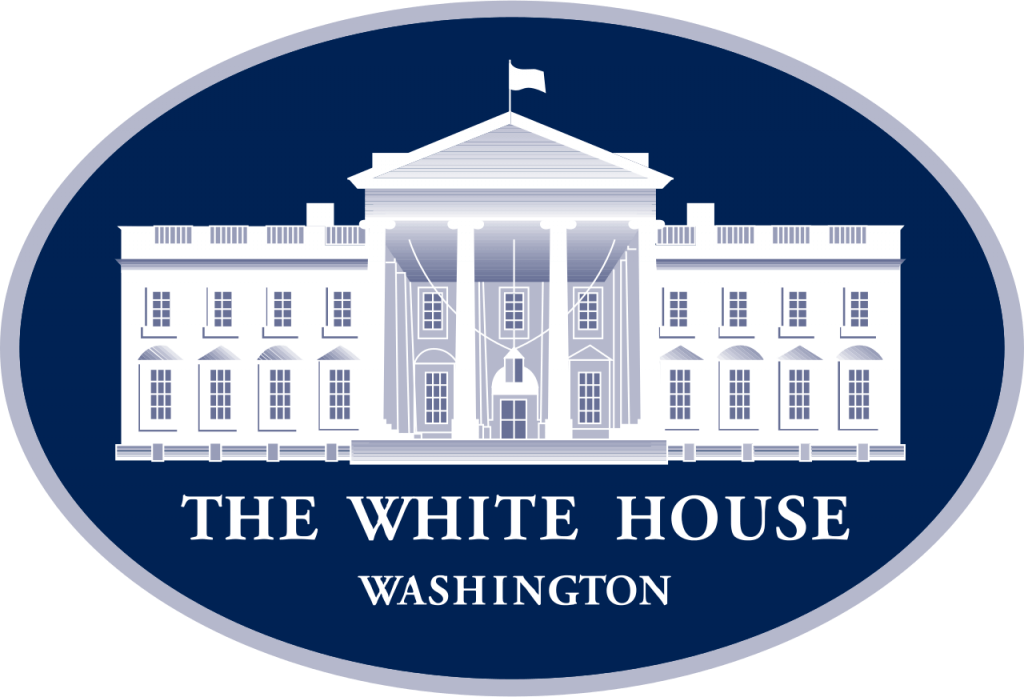
June 7th in Washington, DC President Obama and Prime Minister Narendra Modi of India, in their third bilateral summit, released a joint statement entitled “The United States and India: Enduring Global Partners in the 21st Century.”
“They pledged to pursue new opportunities to bolster economic growth and sustainable development, promote peace and security at home and around the world, strengthen inclusive, democratic governance and respect for universal human rights, and provide global leadership on issues of shared interest.”
In addition, the statement includes the following language on HFC management:
“…the two countries resolved to work to adopt an HFC amendment in 2016 with increased financial support from donor countries to the Multilateral Fund to help developing countries with implementation, and an ambitious phase down schedule, under the Montreal Protocol pursuant to the Dubai Pathway.”
New SNAP Comment Deadline Extension Published
EPA extends comment period for comments regarding refrigerant management and venting.
